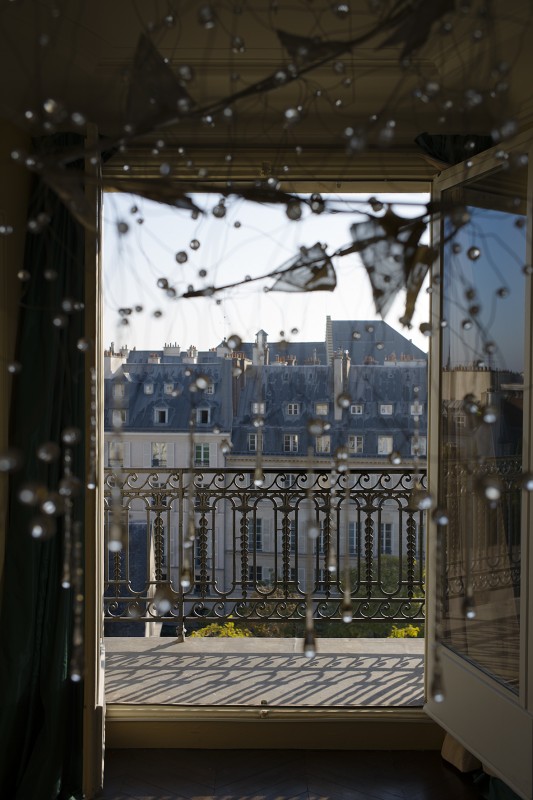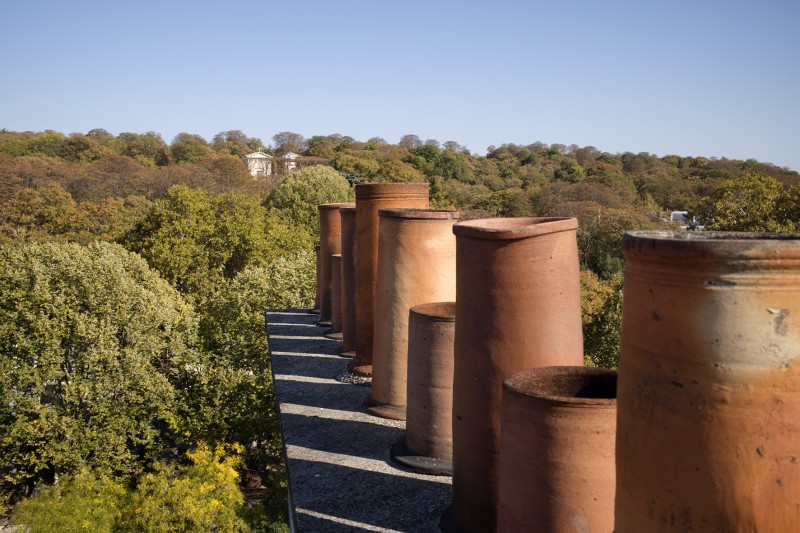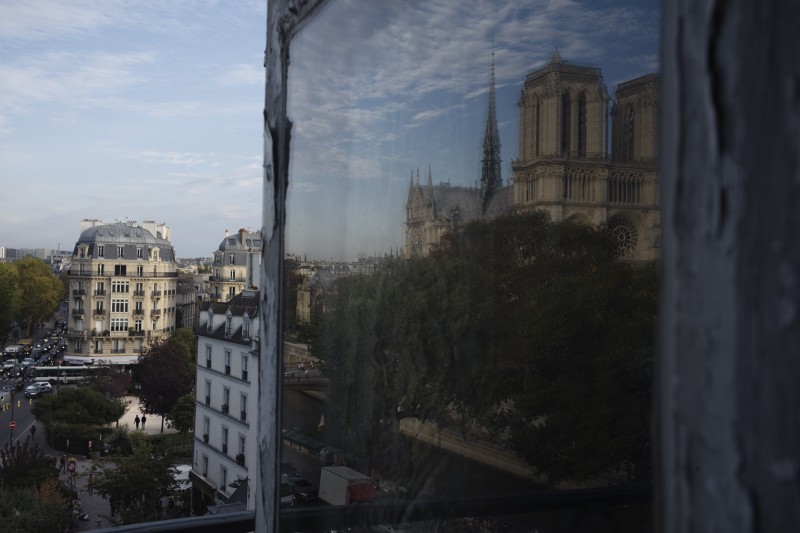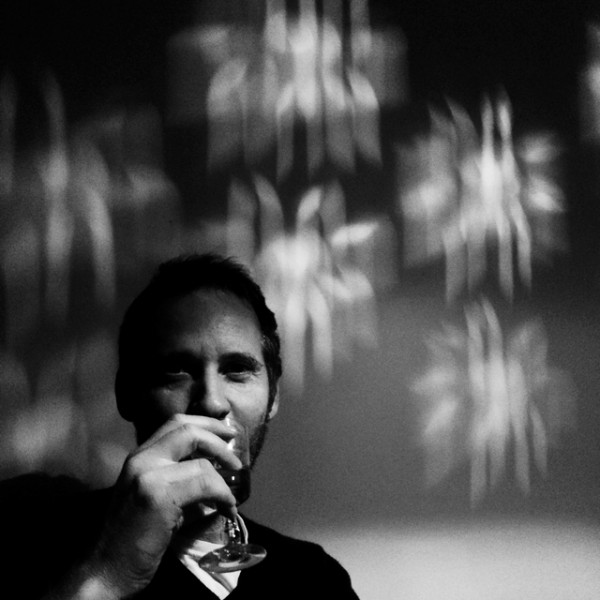Sharpening the eye
Sharpening the eye
Tomas van Houtryve
July 19, 2024

The roof tops of the 6th Arrondisement in Paris: Van Houtryve photographed with the Summicron-M 35 f/2 Asph
Belgian reportage photographer Tomas van Houtryve works most of his projects today with the Leica M10-D, a digital range-finder camera, where the engineers deliberately did away with the display screen. Nothing about this model should distract the photographer in any way – similar, in fact, to the analogue era. Van Houtryve had his first experiences with the camera five years ago, while pursuing his passion to explore the rooftops of Paris. We spoke with him about what he discovered, and about the future of display-less digital photography.
LFI: You took the Leica M10-D up onto the roof tops of Paris, where you took some impressive pictures. How would you describe your project?
Tomas van Houtryve: I've been fascinated by the roof tops of Paris ever since I move there almost twenty years ago. My first apartment was a tiny chambre de bonne, a maid's room on the very top floor, from where I could climb out through the window onto the roofs. Everything looks different compared to the street perspective from which we normally experience a city. The monuments seems to float over a large, grey ocean of zinc-covered roofs. Old chimney stacks rise into the skies at strange angles. So I began making efforts to access the roof tops through friends and acquaintances, so that I could see the city from different perspectives. In the last four years I also had access to Notre Dame Cathedral, which offers the ultimate roof top vantage point in the centre of Paris.
What advantages do you see in digital photography without a display?
Digital screens and EVFs do offer practical advantages, but I find that they tend to interrupt a certain creative mindset. As an artist, and when conditions are right, I can get into a kind of flow state with heightened awareness. Distractions have disappeared from my mind. I anticipate and react to everything in my field of vision in a purely intuitive manner. I consider these some of the most beautiful moments in photography.
Do you see a possible counter trend to the common digital photography with display?
I don't know if it's a matter of a trend, but I can say that many people, myself included, have reached a saturation point as far as screens are concerned. They are so omnipresent in our lives. Many people stare more hours a day at their screens than at reality. Does this screen maximalism really make us happier or more creative? From my own experience, it's better to set certain limits to screen time, and take time for a life without it. I try to consider very closely when I need a screen, and when I can do without. I find it refreshing that with my M-D I can make use of the advantages of digital photography, without having to include yet another screen in my life.
How does taking pictures without a display change your practical approach?
When you remove the display, you get closer to analogue photography. There's less certainty about the outcome of the photos, and it requires more regular practice. It's important to practice working with the camera, until it become completely intuitive. Think about a musician. If you practice a song often enough, you can play with closed eyes and let yourself be carried away by the music. It's possible to get into a flow state. Something similar can happen in photography when the conditions are right.
Do you see a difference in the pictures?
If I require perfect precision in the composition or in the lighting, then I find it useful to use a display or an EVF. When I openly photograph people or in the streets, then I prefer to work without a display. Without a display I'm more present in the moment, I'm more aware of people's emotions, I can better anticipate actions, and I have a more creative way of thinking. The difference is that the pictures without display screen are less precise, but, in exchange, the mood, feeling and story are captured better.
What is your current or next project with the Leica M-D?
With the exception of portrait photography, the M-D is my main camera for capturing people. I use it for all my reportage projects when they're about people. I also use it as my day-to-day camera with my family and friends.
To whom in particular would you recommend such a camera?
This is a camera for people who cultivate and want to retain a creative approach. It's for those who are ready to take a break from screen time and observe reality with more focus. It's for those who recognise that less is sometimes more.
Tomas van Houtryve+-
Tomas van Houtryve first studied Philosophy. After graduating, he turned to photojournalism. He became a member of the VII Photo Agency in 2010. His first book, Behind the Curtains, appeared in 2012. In 2013 van Houtryve began the Blue Sky Days project, which, in 2015, earned him the ICP Infinity Award and second place in the World Press Photo Award, among others. Van Houtryve lives in Paris. More

The roof tops of the 6th Arrondisement in Paris: Van Houtryve photographed with the Summicron-M 35 f/2 Asph




“At first I lived in Paris in a tiny room on the top floor – I could do nothing other than climb onto the roof tops,” van Houtryve remembers. “That wasn't only exciting, it revealed a whole new world to me.”
